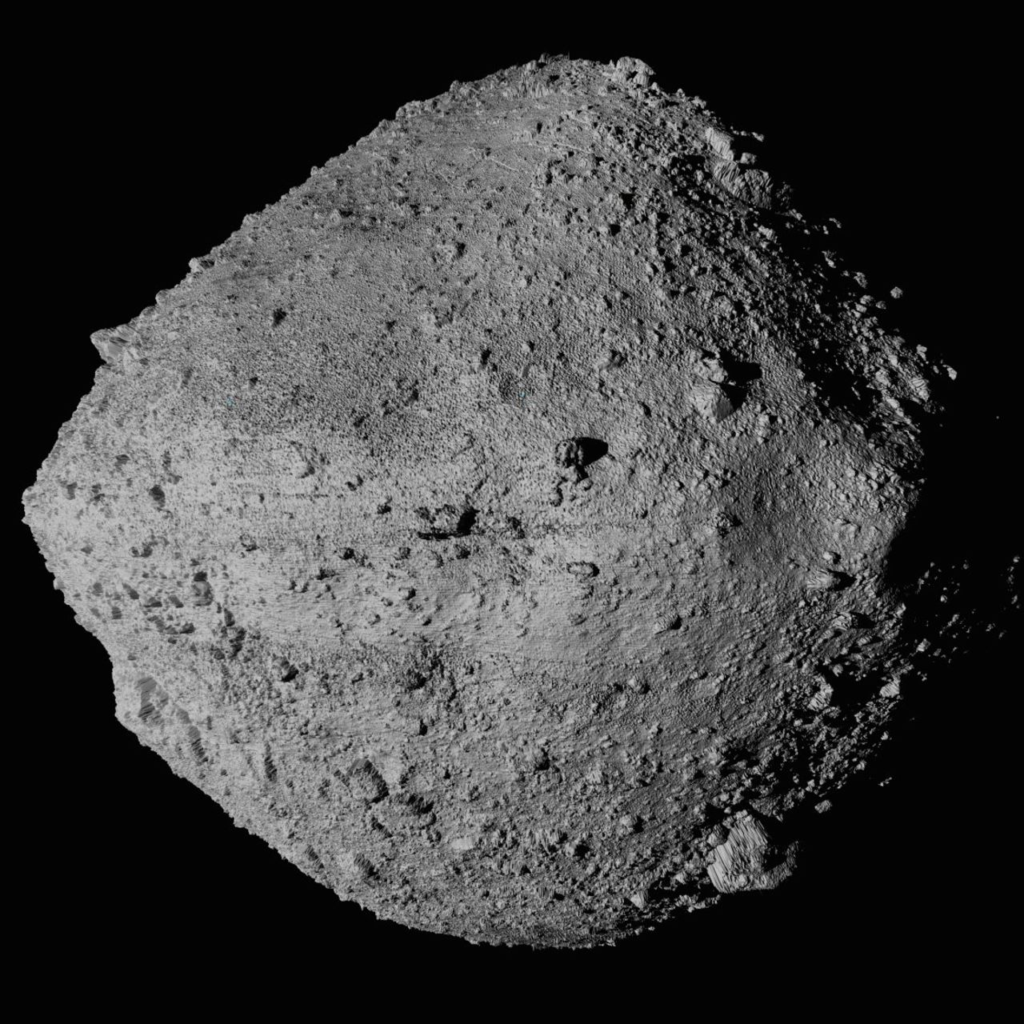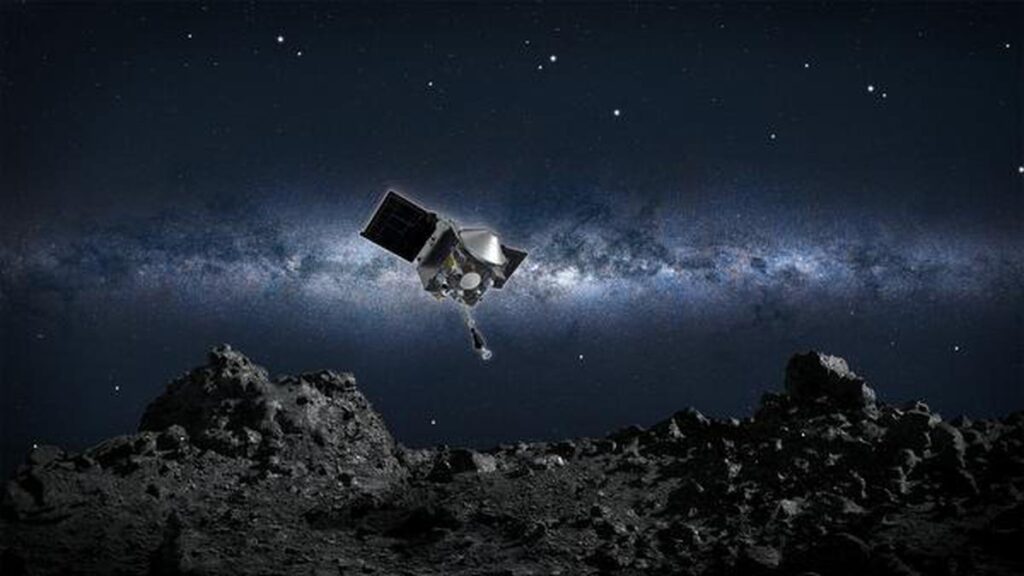Introduction Space Missions
In a historic and groundbreaking achievement, NASA’s Osiris-Rex mission has successfully returned with a precious cargo – samples collected from the Bennu asteroid. This extraordinary feat marks a significant milestone in space exploration, as it brings us closer to understanding the origins of our solar system and life on Earth. In this article, we will delve into the details of this remarkable mission, exploring its objectives, challenges, and the implications of this scientific triumph.

The Osiris-Rex Mission: A Brief Overview
NASA’s Osiris-Rex mission, short for Origins, Spectral Interpretation, Resource Identification, Security, Regolith Explorer, was launched on September 8, 2016, with the primary goal of studying and collecting samples from the near-Earth asteroid Bennu. Bennu, a carbon-rich asteroid, was chosen as the target due to its pristine nature and its potential to provide valuable insights into the early solar system’s formation.
The Journey to Bennu
The journey to Bennu was no easy task. Osiris-Rex traveled over 200 million miles, studying the asteroid from afar to select the optimal site for sample collection. The spacecraft executed a series of complex maneuvers to match the asteroid’s rotation and orbit, culminating in a remarkable touch-and-go operation.
The Touch-and-Go (TAG) Sample Collection
On October 20, 2020, Osiris-Rex descended towards Bennu’s surface, gently touching down for a few seconds. During this brief contact, the spacecraft’s TAGSAM (Touch-And-Go Sample Acquisition Mechanism) collected samples of regolith (loose surface material) from the asteroid’s rugged terrain. This was a highly precise operation, as the spacecraft autonomously avoided potential hazards.
The Challenges Faced
The Osiris-Rex mission faced numerous challenges, including navigating around hazardous boulders. Selecting a suitable sample site, and ensuring a safe return to Earth. NASA’s team of scientists and engineers worked tirelessly to overcome these hurdles. Making real-time decisions during the mission to ensure its success.
The Return Journey
Having collected the samples, Osiris-Rex began its journey back to Earth. On May 10, 2021, the spacecraft fired its engines to depart from Bennu’s orbit. It traveled for over two years before reaching Earth’s vicinity, where it safely delivered its precious cargo.
Scientific Significance
The samples collected from Bennu are a treasure trove of information about the early solar system. Scientists are eager to study the asteroid’s regolith. As it contains organic molecules and pristine materials dating back billions of years. These samples may hold clues about the origin of life on Earth and the formation of our solar system.
The Future of Osiris-Rex
While the sample collection is a major milestone, the Osiris-Rex mission is not yet complete. NASA will continue to analyze and study the samples in great detail. Additionally, the spacecraft will receive new missions. And objectives as it orbits the Sun, further contributing to our understanding of the solar system.
Conclusion
In a historic achievement, NASA’s Osiris-Rex mission has brought samples from the Bennu asteroid back to Earth. This mission represents a testament to human ingenuity, determination, and the spirit of exploration. As scientists begin to unravel the mysteries contained within these samples. We can look forward to new insights into the origins of our solar system and life itself.

